Disclosure: This article contains affiliate links. We may earn a commission from purchases at no extra cost to you, which helps our travel content.
The Caribbean sun beats down differently here than in Sydney's eastern beaches. There's a particular weight to it, a historical significance that seems to simmer in the humid air of Colombia's coast. My journey to Cartagena began as many business trips do—with an Excel spreadsheet and a calendar notification—but quickly transformed into something far more compelling. While most visitors flock to the well-trodden shores of Bocagrande, with its Miami-esque skyline and comfortable amenities, my cricket teammate from Barranquilla had whispered about islands where the water shifts through seven distinct shades of blue and beaches where local artisans craft jewelry using techniques passed down through generations. As a student of both cultural preservation and financial opportunity, I found myself drawn away from the obvious and toward the authentic—a pattern that has defined my travels since trading California's corporate towers for Sydney's harbor views nearly a decade ago.
The Coastal Economics of Cartagena: Understanding Your Options
Before diving into specific beaches, let's apply some financial perspective to Cartagena's coastal offerings. The city operates on what I call a 'proximity premium' model—the closer you stay to the historic walled city, the higher the cost for generally lower-quality beach experiences.
Bocagrande, the most accessible beach from the tourist center, functions much like a blue-chip stock: reliable but overvalued and unlikely to deliver exceptional returns on your investment of time. The real growth opportunities lie in the portfolio diversification strategy of exploring further afield.
For mid-range travelers, the value proposition improves dramatically once you're willing to incorporate a 30-60 minute journey into your planning. Transportation becomes your primary cost center, but the returns—pristine beaches, authentic encounters, superior swimming conditions—deliver exponential value.
During my week in Cartagena, I tracked expenses meticulously (old habits from banking die hard) and discovered that for roughly the same daily budget of 200,000-300,000 Colombian pesos (approximately $50-75 USD), I could either:
- Spend a day at Bocagrande with overpriced cocktails and rental chairs
- Take a boat to an island paradise, enjoy fresh seafood, and experience genuine Colombian beach culture
The financial decision seems obvious, but surprisingly, most visitors never make this calculation.
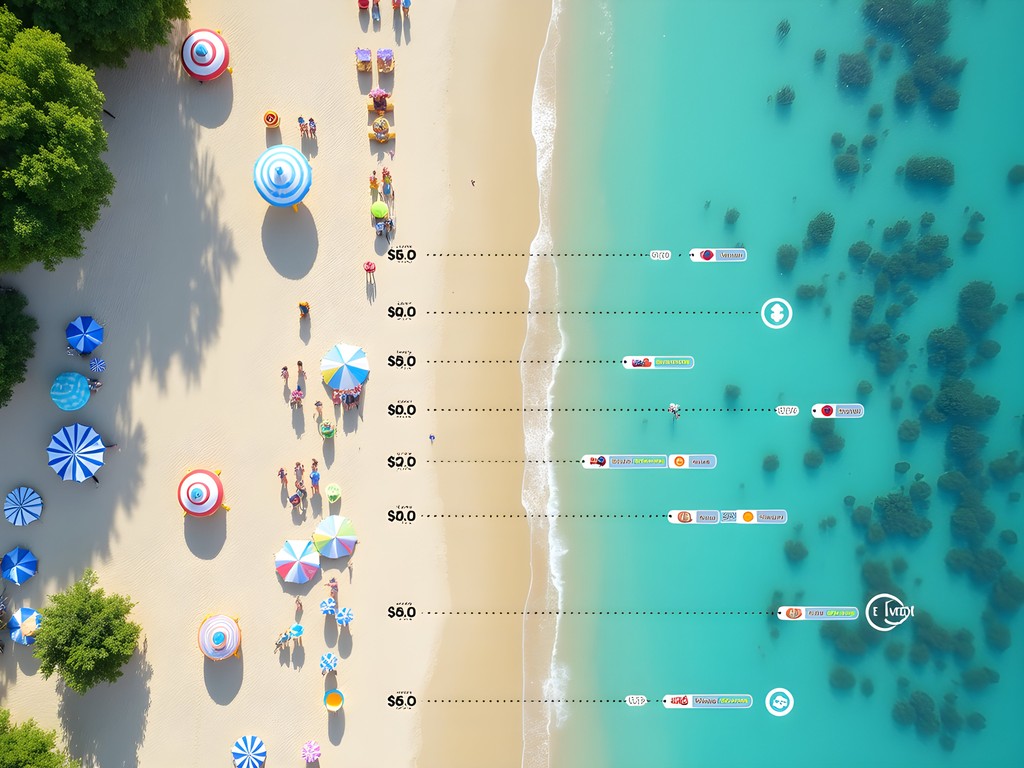
💡 Pro Tips
- Book boat trips through your accommodation for better rates rather than from street vendors
- Bring Colombian pesos in small denominations for island purchases as card facilities are limited
- Negotiate boat fares in advance and confirm the exact departure and return times
Playa Blanca: The Gateway Island Experience
Playa Blanca on Barú Island serves as the perfect entry point for those looking to step beyond Bocagrande without venturing too far into uncharted territory. The beach delivers precisely what its name promises—a stretch of powdery white sand that feels cool underfoot even under the midday sun.
During my visit in January (peak season), I arrived via a 45-minute boat ride from the Muelle Turístico de la Bodeguita. The journey itself offered a fascinating glimpse into the local maritime economy, with everything from luxury yachts to traditional fishing vessels navigating the same waters—a visual metaphor for Cartagena's economic contrasts.
While Playa Blanca has certainly been discovered by tourism, it retains enough authentic character to merit a visit. I arrived early (8:00 AM departure) and secured a spot at the northern end of the beach, which proved significantly less crowded. By midday, the central area transforms into a lively marketplace of vendors, music, and activity—an experience that some seek and others avoid.
The real magic happens if you stay overnight, allowing you to experience the beach after the day-trippers depart. I booked a modest cabaña at Hostal Playa Blanca (approximately 200,000 COP or $50 USD per night) and witnessed a remarkable transformation as sunset approached. Local families emerged, children played football on the now-spacious beach, and the authentic rhythm of coastal life resumed.
For photography enthusiasts, I highly recommend bringing a waterproof camera case for your smartphone. The clarity of the water makes for stunning underwater shots, and you'll want protection from both the water and the fine sand that seems to find its way everywhere.

💡 Pro Tips
- Visit on weekdays to avoid local weekend crowds from Cartagena
- Book an overnight stay to experience the beach after day-trippers leave
- Pack reef-safe sunscreen as the sun reflection off the white sand is intense
Isla Grande: The Cultural Heart of the Rosario Archipelago
If Playa Blanca represents Cartagena's beach scene taking its first steps away from mass tourism, then Isla Grande in the Rosario Islands archipelago is where you'll find it in full stride toward authenticity. The largest of the Rosario Islands, Isla Grande offers a fascinating study in how traditional coastal communities adapt to tourism while maintaining their cultural fabric.
Reaching the island requires more intentional planning—I booked through my hotel in Cartagena's Getsemaní neighborhood (Hotel Casa Lola, a beautifully restored colonial building with modern amenities) and paid 220,000 COP (approximately $55 USD) for a round-trip journey on a comfortable boat. The 60-minute crossing can be choppy; if you're prone to seasickness, I'd recommend taking a motion sickness remedy about 30 minutes before departure.
What immediately struck me about Isla Grande was its distinct lack of traditional beach infrastructure. Unlike the lounge chair armies of Bocagrande or even Playa Blanca, beaches here feel more integrated with the island's ecosystem. At Playa Libre, the main public beach, locals and visitors share the same space without the rigid demarcation typical of more developed destinations.
The island's interior reveals a community where beach culture and daily life are inseparable. Walking the narrow dirt paths between colorful homes, I encountered women weaving traditional Colombian sombreros vueltiaos using techniques that predate Spanish colonization. As a student of how traditional craftsmanship influences modern fashion, I was fascinated to learn how these patterns are now appearing in contemporary Colombian design houses.
For lunch, I followed a recommendation from my boat captain to Eco Hotel Las Palmeras, where I enjoyed fresh-caught red snapper prepared with coconut rice and patacones for about 45,000 COP ($11 USD)—perhaps the best value-to-quality ratio I've experienced in my Caribbean travels. The owner, Doña Matilde, explained how fishing practices have evolved to balance tourism demands with sustainability concerns—a conversation that resonated with my interest in financial sustainability models.
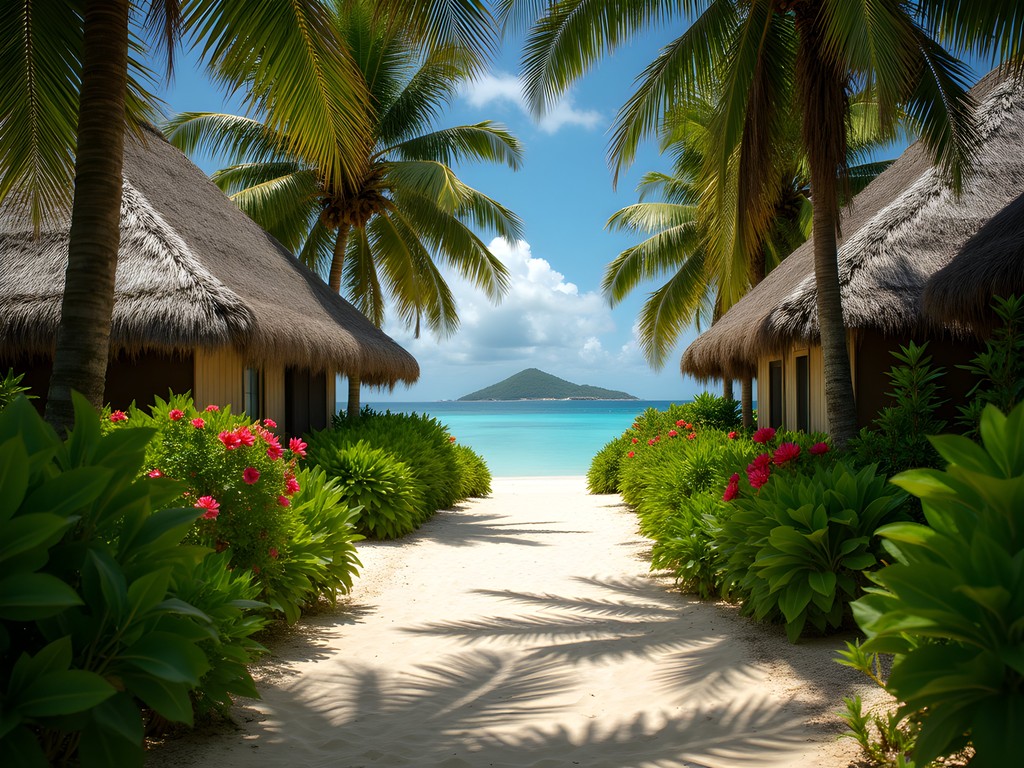
💡 Pro Tips
- Book accommodation on the island to explore the bioluminescent lagoon after dark
- Bring a headlamp or flashlight as the island has limited lighting at night
- Learn basic Spanish phrases as English is less commonly spoken here than in Cartagena proper
Isleta: The Secret Beach Hideaway
Some travel discoveries feel almost too precious to share. Isleta falls firmly into this category, but in the spirit of preserving what makes these places special through responsible tourism, I'll cautiously pull back the curtain.
Isleta isn't technically an island but rather a secluded beach area on the northern end of Isla Grande, accessible only by a 15-minute boat ride from the main dock or a challenging 45-minute hike through dense vegetation. During my exploration of Isla Grande, I befriended Carlos, a local fisherman-turned-occasional guide who offered to take me to this hidden spot for 50,000 COP ($12 USD).
The approach to Isleta reveals itself gradually—first, you notice the water shifting from deep blue to an almost luminescent turquoise as the boat slows near a natural rock formation that creates a protected cove. The beach itself is modest in size, perhaps 100 meters long, but it's the quality of the experience rather than the quantity of sand that makes Isleta extraordinary.
What struck me immediately was the silence—a rare commodity in our hyperconnected world. The only sounds were gentle waves, distant birds, and the occasional comment from the three local families who were the only other visitors that day. Carlos explained that even during high season, Isleta rarely sees more than 20 people at once due to its limited accessibility.
The snorkeling here surpasses anything else in the Cartagena region. Just 10 meters from shore, I encountered a thriving coral ecosystem with remarkable clarity. My full-face snorkel mask proved invaluable, allowing me to spot yellow angelfish, blue tangs, and even a shy moray eel without the constant adjustment required by traditional snorkel gear.
For lunch, Carlos introduced me to Doña Elena, who prepares meals from her small palapa at the edge of the beach. Her langoustines in coconut sauce (75,000 COP/$18 USD) were simply prepared but extraordinarily fresh—caught that morning by her husband. The cricket enthusiast in me couldn't help but compare it to watching a perfectly executed cover drive—seemingly effortless but the product of generations of practiced skill.
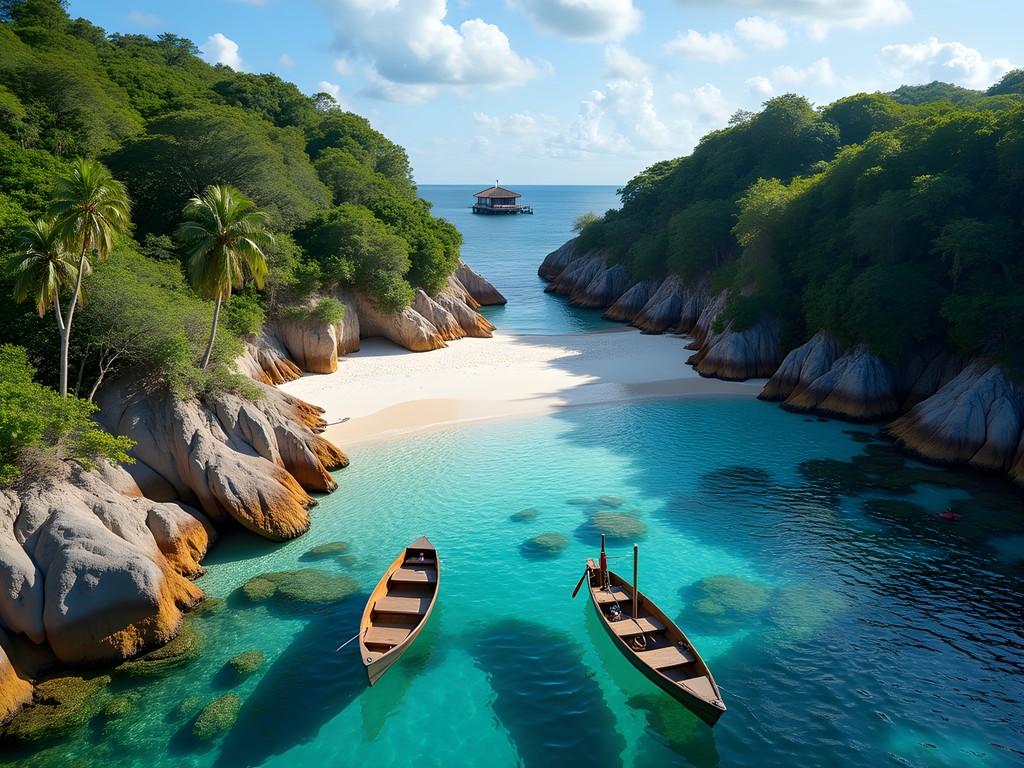
💡 Pro Tips
- Arrange your visit through a local contact rather than commercial tour operators
- Bring cash for food and drinks as there are no facilities for cards
- Pack all essentials including water, as there are limited vendors
Navigating the Local Beach Economy: Etiquette and Expectations
Understanding the economic ecosystem of Cartagena's beaches is essential for both an enjoyable experience and responsible tourism. Having spent years analyzing business models in my professional life, I couldn't help but observe the fascinating microeconomy that operates across these coastal communities.
Unlike Australia's beaches, which operate largely as public spaces with clear government oversight, Cartagena's beach economy functions on a complex system of informal arrangements, historical rights, and community agreements. This system can be confusing for visitors but makes perfect sense once you understand its underlying principles.
On mainland beaches like Bocagrande, expect a constant stream of vendors offering everything from massages to seafood. Rather than finding this intrusive, I came to appreciate it as the primary livelihood for many local families. A polite "No, gracias" is respected, but engaging with these entrepreneurs reveals fascinating stories and often leads to authentic recommendations.
On the islands, the economy shifts from individual vendors to community-based services. Most beaches have an informal 'administrator'—often a long-established local family who maintains the area and provides basic services. They may offer chairs, food, or drinks at prices that seem high by Colombian standards but reflect the real costs of operating in these remote locations.
For photography enthusiasts like myself, always ask before taking photos of local people or their property. I've found that carrying a portable photo printer allows me to immediately share printed images with people I photograph—a practice that has opened many doors and created meaningful connections.
Tipping practices also differ from what you might expect. Rather than the standard 10-15% common in Cartagena restaurants, beach service often operates on a more relationship-based economy. If you're spending the day using someone's chairs or palapa, a tip of 10,000-20,000 COP ($2.50-$5 USD) is appropriate and genuinely appreciated.
Finally, understand that prices are almost always negotiable, but negotiation should be respectful and recognize the value being provided. My approach is to establish a friendly rapport first, then discuss prices with genuine interest in ensuring both parties feel the exchange is fair.

💡 Pro Tips
- Learn basic negotiation phrases in Spanish like 'Cuánto cuesta?' (How much?) and 'Es posible un descuento?' (Is a discount possible?)
- Bring small denominations of cash for easier transactions and tipping
- Establish relationships with beach vendors early in your visit for better service throughout your stay
The Fashion and Folklore of Cartagena's Coast
As someone fascinated by the intersection of traditional craftsmanship and contemporary style, Cartagena's coastal communities offered a masterclass in how cultural heritage influences modern fashion. The beaches here aren't just places for swimming and sunbathing—they're living showcases of Colombia's rich textile traditions and evolving design sensibilities.
In the Rosario Islands, I was struck by the prevalence of the mochila wayúu—vibrant crocheted bags created by the indigenous Wayúu people from Colombia's La Guajira region. These aren't mere tourist souvenirs but functional art pieces that have been adapted for modern use while maintaining traditional techniques. On Isla Grande, I met Lucia, a Wayúu woman who had relocated to the islands, who explained how each geometric pattern tells a specific story about her community's relationship with the natural world.
The beachwear fashion of Cartagena reveals fascinating cultural crosscurrents. Unlike the minimalist swimwear common on Australian beaches, Colombian beach fashion embraces vibrant colors, intricate patterns, and modest cuts that reflect both practical considerations (strong Caribbean sun) and cultural preferences. Local designers have created a distinctive style that blends traditional Colombian aesthetics with contemporary silhouettes.
For my own beach days, I found a quick-dry beach towel essential for island hopping. Unlike traditional cotton towels, these pack down small, dry quickly between swims, and don't trap sand—practical considerations when moving between multiple beaches in a single day.
The folklore of the coast manifests in unexpected ways. On Playa Blanca, I witnessed an impromptu performance of bullerengue, a traditional Afro-Colombian musical style with roots in the liberation of enslaved peoples. Performers explained how these rhythms once contained coded messages and how coastal communities maintained their cultural identity through these expressions despite historical oppression.
What fascinates me most is how these traditions are being preserved not through museums or academic study but through living practice and economic opportunity. Young designers from Cartagena are now incorporating traditional techniques into contemporary fashion lines that command premium prices in Bogotá and beyond—a sustainable approach to cultural preservation that aligns economic incentives with heritage conservation.

💡 Pro Tips
- Purchase handicrafts directly from artisans rather than resellers when possible
- Ask about the significance of patterns and designs when buying traditional items
- Look for the 'Hecho a Mano' (Handmade) certification for authentic Colombian crafts
Final Thoughts
As my water taxi pulled away from Isla Grande on my final morning, cutting a clean line through water so clear I could count fish from above, I found myself contemplating how Cartagena's beaches offer a perfect metaphor for thoughtful travel in our modern era. The most rewarding experiences require us to move beyond the obvious, to invest time rather than simply money, and to engage with places on their own terms rather than ours. The financial analyst in me appreciates the value proposition—the further you venture from Bocagrande, the greater your returns in authenticity and beauty. Yet there's something more profound at work here: these islands and hidden coves represent communities that have found their own balance between welcoming visitors and maintaining their essential character. As travelers, our responsibility is to approach these places with the same care and intention with which they've been preserved. Whether you're drawn by the perfect beaches, the cultural richness, or simply the promise of discovery, Cartagena's coast beyond Bocagrande offers rewards that no spreadsheet could possibly capture.
✨ Key Takeaways
- The best beaches require more effort to reach but deliver exponentially better experiences than the convenient options
- Island accommodations transform your experience by allowing you to enjoy beaches after day-trippers depart
- Local connections provide access to hidden spots that rarely appear in guidebooks or online reviews
📋 Practical Information
Best Time to Visit
December through April (dry season)
Budget Estimate
$75-150 USD per day excluding accommodation
Recommended Duration
5-7 days
Difficulty Level
Moderate
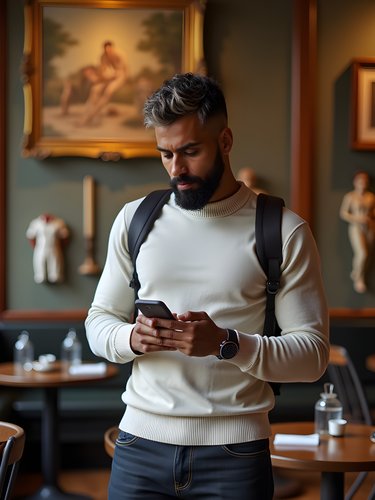


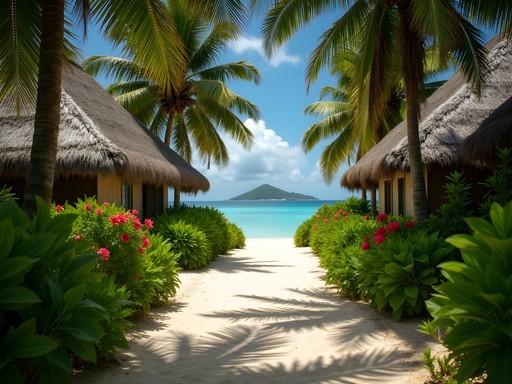
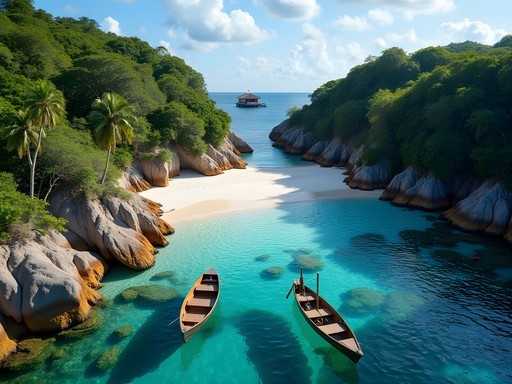

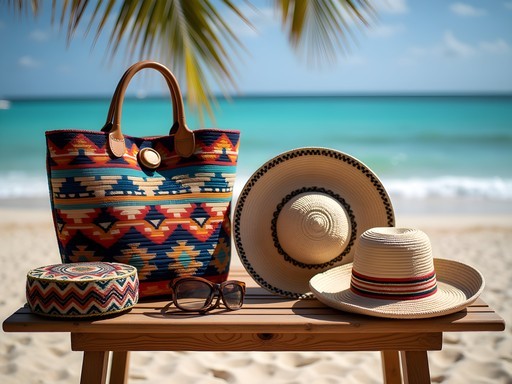



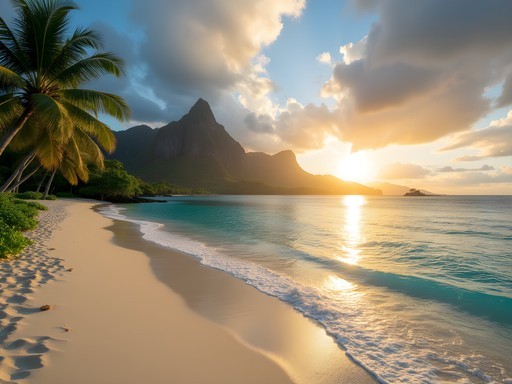
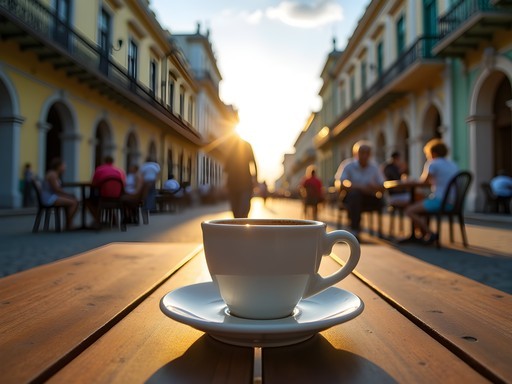
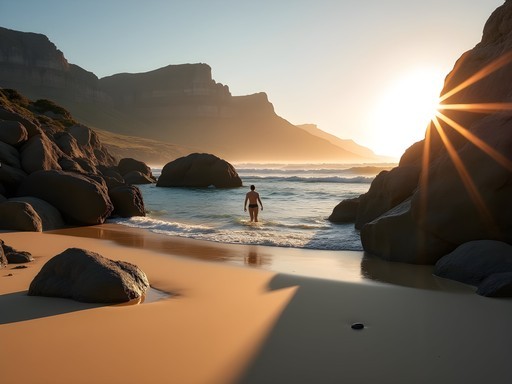
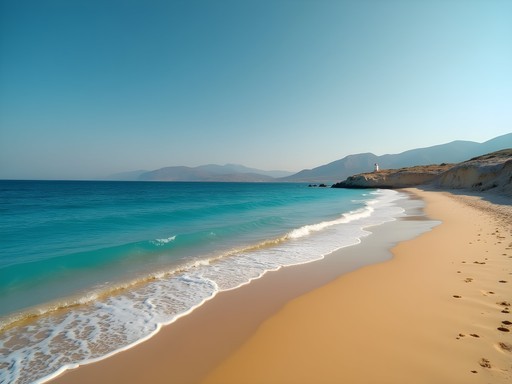
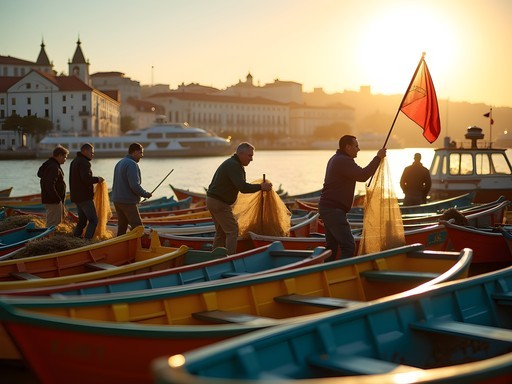


Comments
oceanseeker
Just got back from Cartagena and followed your advice on skipping Playa Blanca on weekends - thank goodness! We went on a Tuesday and it was busy but manageable. The vendors are pretty persistent though! One thing I'd add about Isla Grande is that there's almost no WiFi and spotty cell service, which ended up being a blessing. Completely disconnected for 2 days and it was the highlight of our Colombia trip. The night swimming with bioluminescent plankton was unforgettable. Thanks for this guide Alan - it really helped us plan a better trip!
Sage Dixon
Alan, your post brought back so many memories! I visited these islands last February and had a similar experience on Isleta. That tiny beach bar you mentioned - with the hammocks strung between palms? Pure magic. One tip for others heading there: bring a dry bag for your belongings. The boat rides can get splashy! I used my waterproof backpack which was perfect for protecting my camera gear while island hopping. Also worth mentioning that the seafood on Isla Grande is some of the freshest I've ever had - don't miss the coconut rice with local lobster at the family-run spots!
luckystar
That seafood sounds AMAZING! 🦞 Did you need to book accommodations on the islands in advance or can you just show up?
Sage Dixon
@luckystar In high season (Dec-Feb), definitely book ahead. Other times you can probably wing it, but the best eco-lodges fill up quickly. The basic hostels usually have space if you're not picky!
starwalker
What's the best time of year to visit these islands? Want to avoid both crowds and rainy season if possible.
happyway
Is it worth staying overnight on Isla Grande or is a day trip enough?
oceanseeker
DEFINITELY stay overnight! We spent two nights there and it was magical. After the day-trippers leave, you get such a different experience. The bioluminescent plankton at night is incredible!
happyway
Thanks @oceanseeker! Adding an overnight stay to my itinerary then!
Megan Martin
Alan, this is exactly the kind of guide I needed when I visited Cartagena last year! I spent too much time in Bocagrande before discovering Isla Grande on my last day. The economic breakdown you provided is spot-on - those water taxis can really add up if you're not prepared. I found that negotiating prices before getting on any boat is absolutely essential. Your section on Isleta particularly resonated - it truly is a hidden gem that most tourists miss. Great work highlighting these alternatives to the crowded beaches!
skygal
@Megan Martin Did you feel safe traveling to these islands solo? Planning a trip and a bit nervous about venturing away from the main tourist areas.
Megan Martin
@skygal Absolutely! Just use common sense - arrange boats through your hotel when possible, don't flash valuables, and learn basic Spanish phrases. The locals were incredibly helpful and I never felt unsafe as a solo female traveler.
luckystar
Those crystal clear waters look AMAZING! Cartagena just jumped to the top of my bucket list! 😍
traveldad53
That shot of the water taxi cutting through the clear water is stunning! What camera do you use?
Alan Knight
Thanks! Just my trusty old iPhone 13 Pro with a polarizing lens attachment to cut the glare on the water.
wildchamp
This is EXACTLY what I needed!!! Going to Cartagena next month and was getting so confused about which islands to visit. How long would you recommend for Isleta? Is it really as uncrowded as you described? Can't wait to escape the tourist traps!!!
Alan Knight
Thanks for reading! Isleta is definitely worth a full day if you can manage it. It's still relatively uncrowded on weekdays, but weekends are getting more popular with locals. If you go, try to catch a boat before 9am to maximize your time there. The last boats typically leave around 4pm.
wildchamp
Perfect! Thanks so much for the advice! Can't wait to go!
wanderlust_jess
Just got back from Cartagena and followed your advice about Isleta! What a hidden gem! We were literally the only non-locals there on a Tuesday. That seafood lunch you mentioned with the fresh catch was INCREDIBLE. Pro tip for others: bring cash as there are no ATMs and nobody takes cards. Also, the boat schedule back to the mainland is pretty unreliable, so don't plan anything important for later that day.
freewanderer
Thanks for the cash tip! How much would you recommend bringing for a day trip?
wanderlust_jess
We spent about 150,000 Colombian pesos per person (around $40 USD) which covered the boat, lunch, drinks and a little souvenir. Better to have extra though!
caribbeanlover45
Those blue waters are calling my name! Saved this for my trip next year!
Venture X
Premium card with 2X miles, $300 travel credit, Priority Pass